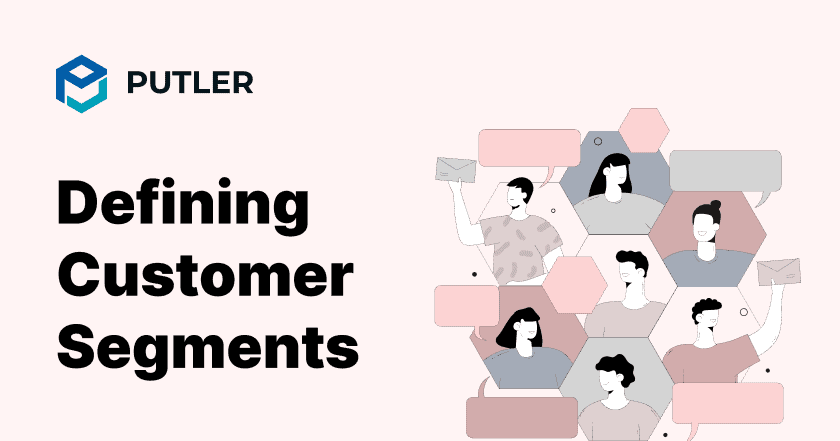Knowing your customers inside out is essential for any business venture.
It can make all the difference between success and failure.
That’s where customer segmentation comes into play.
Properly segmenting your customers helps you understand who they are and what they want.
This knowledge allows you to tailor your marketing efforts, products, and services to meet their needs and preferences better.
So if you are wondering how to segment your customers in a way that can take your business to the next level, buckle up!
We’ll show you how to define your customer segments like a pro.
But first, let’s start with the basics.
What are customer segments?
Think of them as distinct categories or clusters within your customer base.
These characteristics could include demographics like age, gender, and location, or psychographics like interests, values, and purchasing habits.
Segmenting your customers allows you to categorize them based on relevant criteria, helping you better understand their needs and preferences.
By identifying these segments, you can tailor your marketing strategies and offerings to target and engage each group effectively.
In simpler terms, customer segments are like different flavors of ice cream – each appeals to a different taste.
Understanding these flavors helps you serve up the right scoop to the right people at the right time, maximizing your business’s potential.
But, is that it? Not at all!
Let’s dig deeper into why you should segment your customers to understand it better.
Why segment your customers?
Segmenting your customers offers several key benefits for your business.
Let’s give you a quick overview of the same –
Targeted Marketing
By dividing your customer base into segments, you can –
- Create personalized and targeted marketing campaigns
- Tailor messaging and promotions to specific customer segments
- Increase engagement and conversion rates
Improved Customer Satisfaction
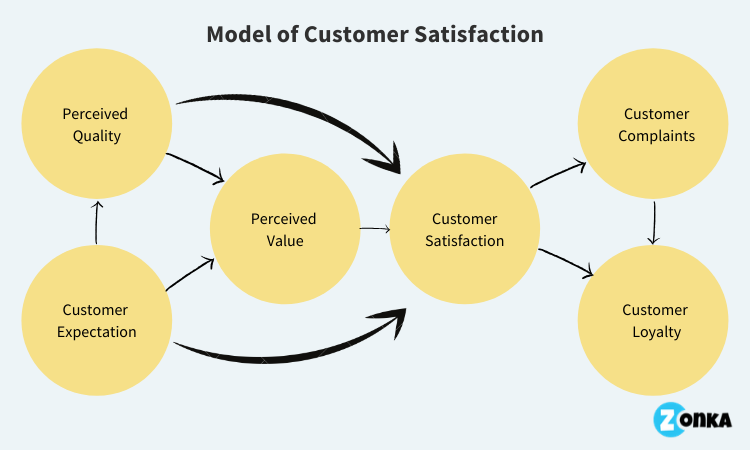
Segmenting customers can also help boost customer satisfaction by –
- Understanding unique needs and preferences
- Delivering tailored products and service
- Increasing customer satisfaction and loyalty
Optimized Resources
Customer segmentation helps you manage resources better by –
- Allocating resources more efficiently
- Focusing efforts on high-potential segments
- Increasing growth and profitability
Competitive Advantage
Gain a competitive advantage with customer segments by –
- Differentiating from competitors
- Catering to specific customer needs
- Positioning as the preferred choice in the market
In summary, customer segmentation enables you to –
- Target your marketing efforts more effectively
- Enhance customer satisfaction
- Optimize resource allocation
- Gain a competitive advantage in the marketplace
Superb, isn’t it? Definitely! It’s a strategic tool that can significantly contribute to the success of your business.
Now, let’s understand the ways that you can use to segment your customers.
Ways of segmenting customers
Let’s explore some key methods for creating effective customer segments –
RFM (Recency, Frequency, Monetary)
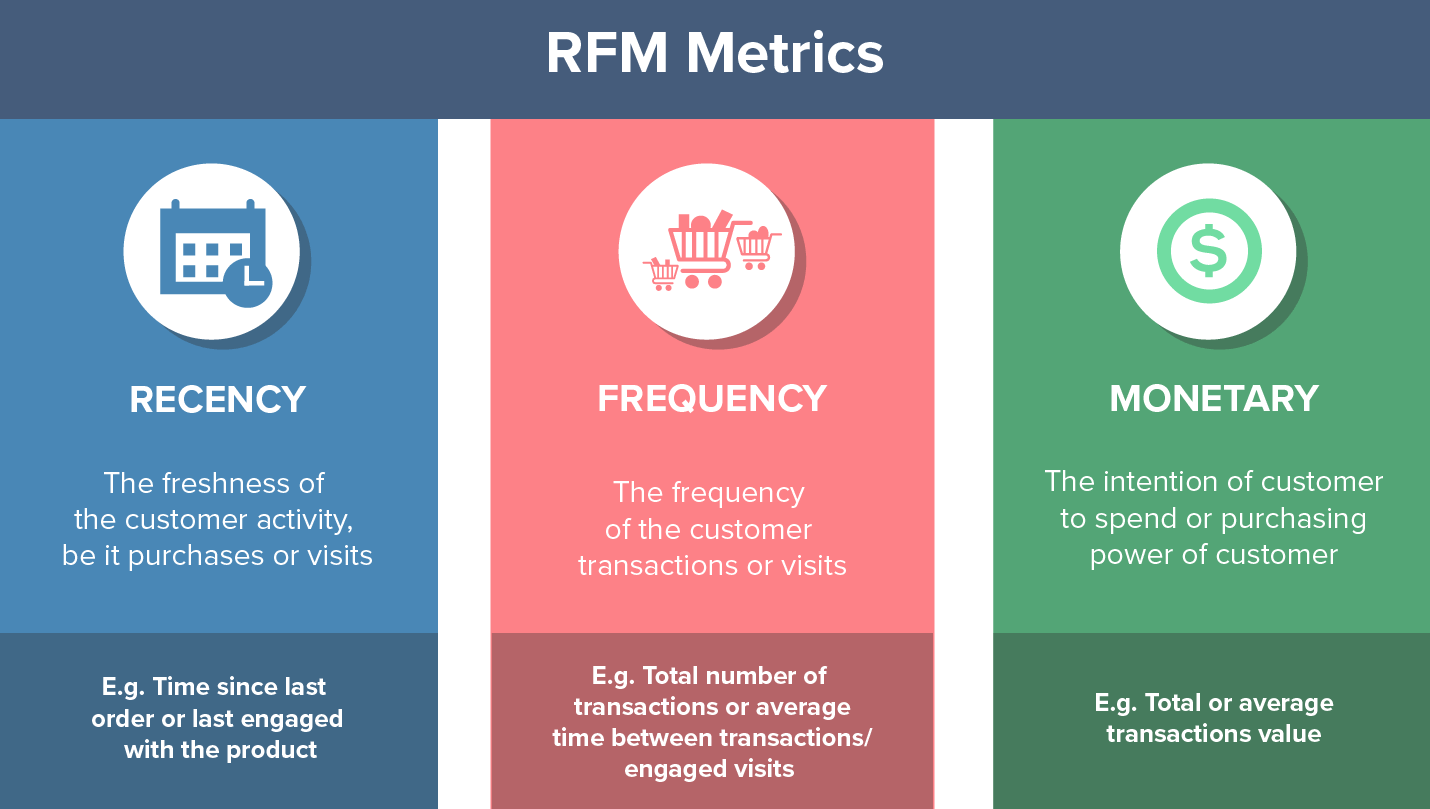
This method involves analyzing customer behavior based on three key factors –
- how recently they made a purchase
- how often do they make purchases
- how much they spend
It helps identify high-value customers and those who may need re-engagement.
Buyer persona
Buyer persona is about creating detailed profiles of your ideal customers, including demographics, interests, pain points, and buying behavior.
This helps tailor marketing strategies to resonate with specific buyer personas.
Group your customers into market segments
To group your customers into market segments, you need to divide your customers based on shared characteristics such as demographics, geographic location, psychographics, or behavior patterns.
This allows for targeted marketing efforts tailored to each segment’s needs.
Customer data analysis
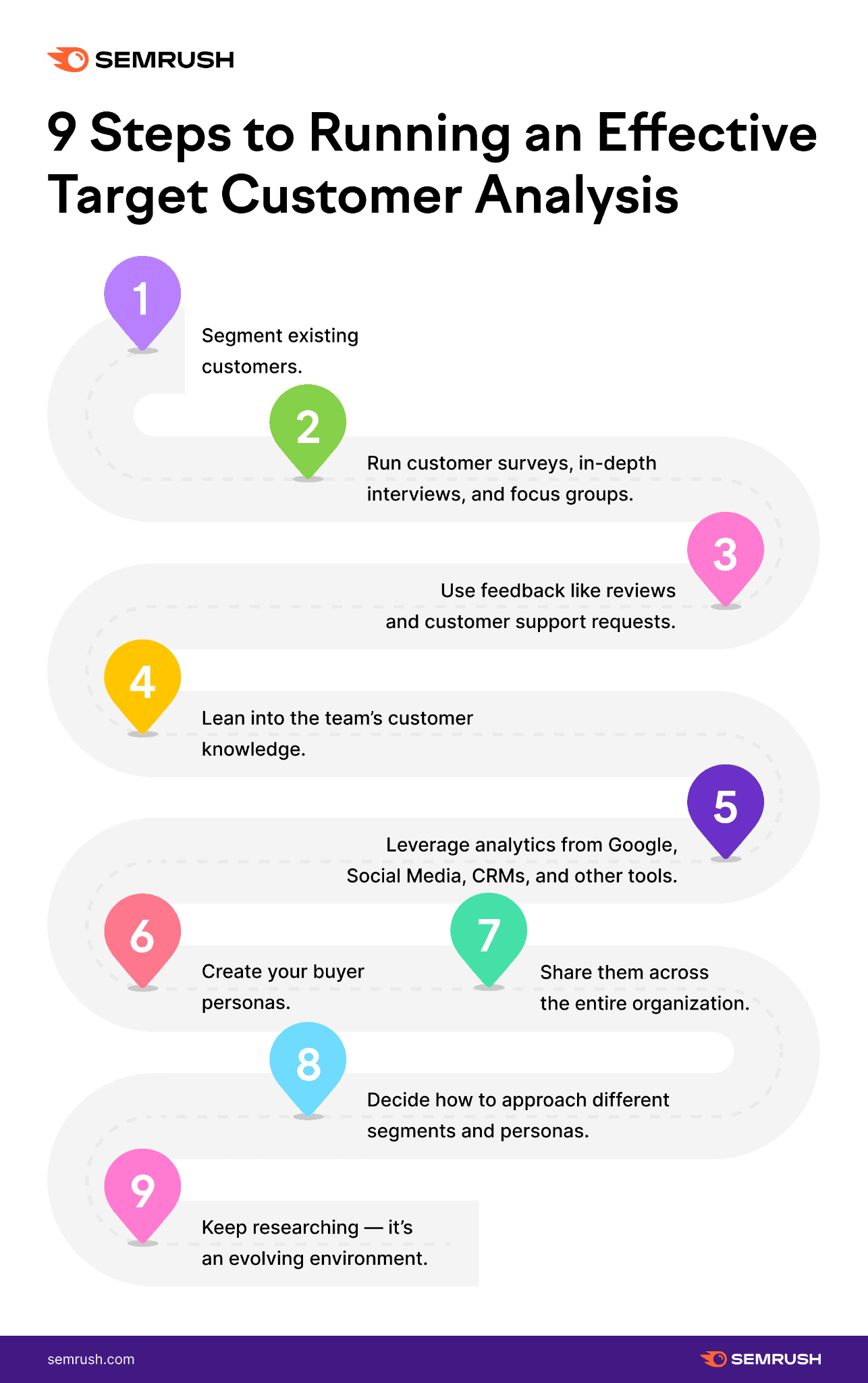
Customer analysis is about leveraging data analytics tools to analyze customer data and uncover meaningful insights.
This may include purchase history, website interactions, social media engagement, and more.
Market research
Conducting market research lets you understand broader market trends, competitor analysis, and consumer preferences.
This information helps identify opportunities and refine customer segmentation strategies.
Transactional segmentation
Segmenting customers based on their transactional behavior, such as purchase frequency, average order value, or specific product categories they buy, tells you a lot about them.
This allows for personalized marketing messages and product recommendations.
Following any of these techniques you can easily create your desired customer segments.
But, what’s the purpose of knowing all these techniques if you don’t know how to use them in your business? Nothing.
So, let’s uncover the ways you can use these segments.
How to use customer segments?
Now that you’ve identified your customer groups, it’s time to put them to work.
Here’s how you can do that –
Improved Targeted Marketing
So, we have already discussed targeted marketing while talking about the reasons behind segmenting your customers.
But, what you really need to know is how to use it to grow your business.
As discussed earlier, customer segments can help you tailor your marketing efforts to each customer segment’s preferences and needs.
For example, if you have identified a segment of budget-conscious shoppers, you can create promotions highlighting discounts and value deals.
Conversely, for a segment of luxury-seeking customers, focus on highlighting premium features and exclusivity.
This could involve creating customized campaigns, personalized messaging, and targeted promotions.
Using buyer segments to send the right offer/email to the right set of buyers can easily help you maximize engagement and conversion.
Data-driven Product Development
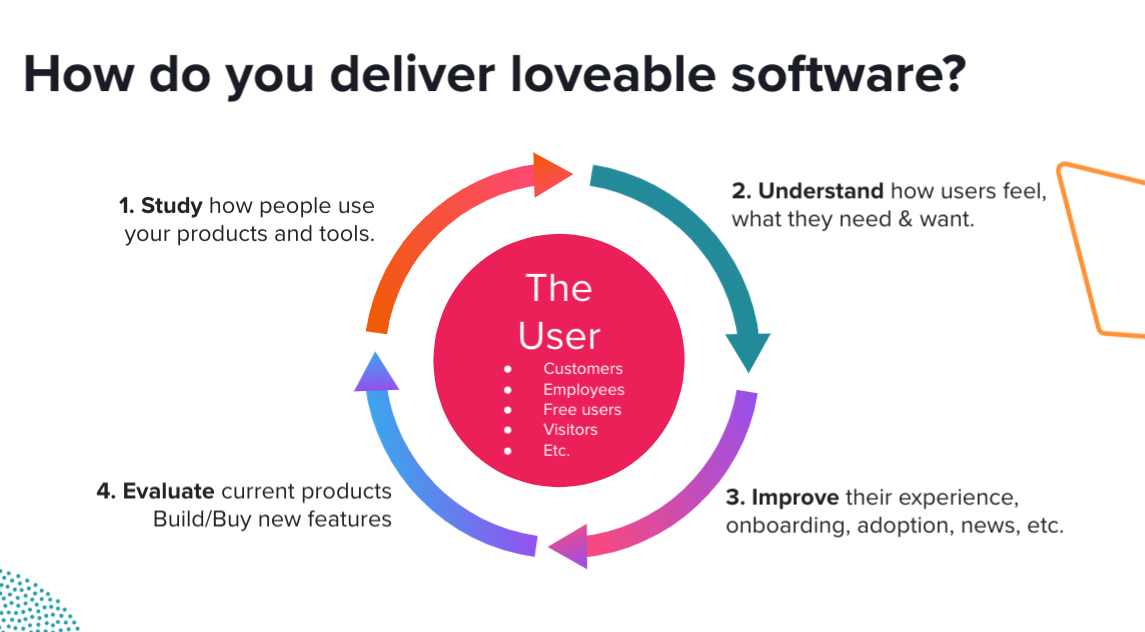
Use insights from customer segments for informed product development and innovation.
Run survey campaigns within each customer segment. This will help you gather insights into their preferences, pain points, and desired features.
For instance, if you operate a clothing store and find through segmentation that one segment prefers sustainable fashion, you can develop a new line of eco-friendly clothing to cater to their preferences.
Similarly, if another segment prioritizes convenience, you may introduce features like same-day delivery or hassle-free returns.
Now, all you need to do is adapt your products or services accordingly to meet their specific needs and preferences. That’s all.
Better Customer Experience
Utilizing customer segments you can easily provide exceptional customer service.
This is because segmenting customers into relevant groups will help you understand the unique requirements of each segment.
Tailor your customer service approach to meet the unique needs of each segment by utilizing customer segments.
For instance, if you have a segment of tech-savvy customers, you might offer support through live chat or social media channels, especially on LinkedIn because of its built-in audience demographics.
Conversely, if you have a segment of older customers who prefer traditional communication methods, prioritize phone support or email.
You can also tailor your support channels, response times, and solutions to align with the expectations of different customer groups.
This approach will take your customer experience a notch higher.
Informed Retention Strategies
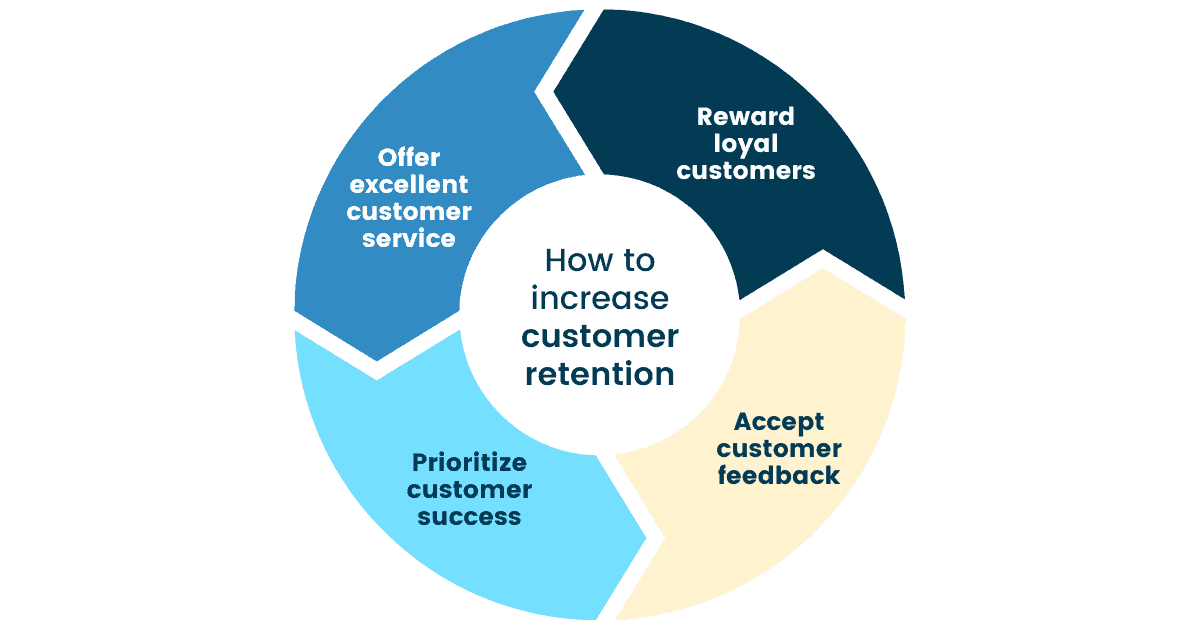
Develop targeted retention strategies aimed at nurturing customer relationships within each segment.
Identify opportunities to enhance loyalty, address pain points, and provide incentives that resonate with specific customer segments.
For example, if you have identified a segment of high-value customers, you might offer exclusive loyalty programs or VIP perks to incentivize repeat purchases and foster loyalty.
Conversely, for segments at risk of churning, you can implement proactive outreach campaigns to address their concerns and prevent attrition.
Cross-Selling and Upselling
Segmenting your customers also allows you to identify cross-selling and upselling opportunities within each customer segment.
You can do this easily by analyzing their purchasing behavior and past purchase patterns.
This will help you understand the needs of each segment, you can easily identify complementary products or services to recommend.
For example, if you have a segment of customers who frequently purchase running shoes, you might recommend complementary products like athletic apparel or fitness accessories.
By offering relevant products that align with the interests and preferences of each segment, you can effectively increase sales and maximize revenue.
Feedback and Insights
Continuously gather feedback and insights from each customer segment to refine your strategies and offerings.
Implement tools like surveys, feedback forms, and social listening to collect valuable input from customers within each segment.
Use data analytics and customer feedback to measure performance, identify trends, and make data-driven decisions.
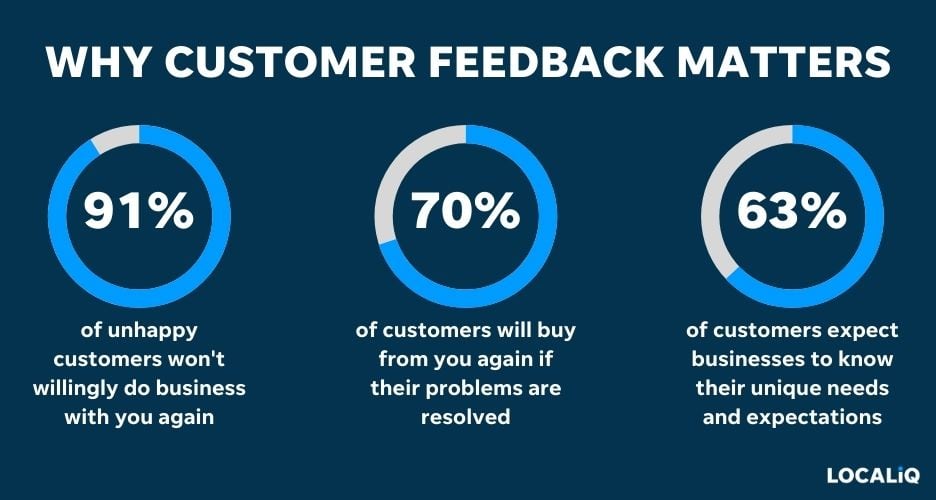
For instance, if you operate an e-commerce platform and notice a trend of decreasing engagement among a segment of budget-conscious shoppers, you can use feedback surveys to understand their preferences and concerns.
By analyzing this data, you can tailor your product offerings or marketing strategies to better resonate with this segment, ultimately improving engagement and driving business growth.
And, if you combine insights from various sources and analyze data effectively, you can refine your strategies and offerings better.
This will enable you to meet the needs and preferences of each segment, ultimately driving business success.
Choosing a way to segment customers accurately and picking the right types of customer segments for the right campaign might seem like no easy job.
So, it is better to rely on a tool that can perfectly segment your customer and remove all the hurdles of manual work.
One such tool is Putler.
Let’s understand how Putler’s segmentation model can make your job easier.
Putler customer segmentation model
If you want to streamline your customer segmentation process, Putler is what you need.
It is a powerful analytics tool for eCommerce and SaaS businesses that simplifies the task with its intuitive segmentation model.
Let’s see how you can create customer segments with Putler –
How to segment customers with Putler?
Putler offers a comprehensive approach to segmenting customers, empowering businesses to understand and target specific groups effectively.
Here’s how –
Data Integration
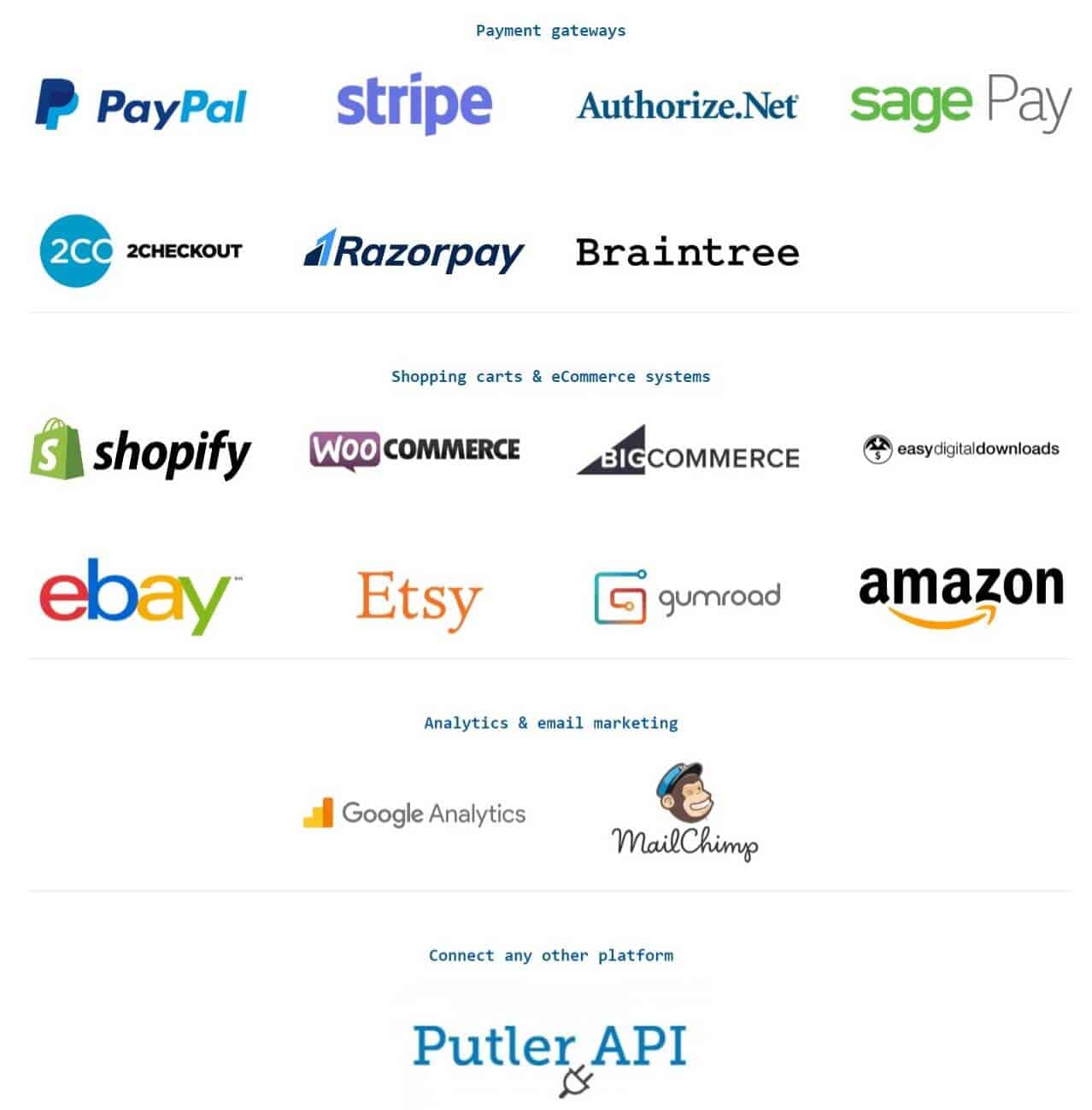
Putler seamlessly integrates with 17+ data sources, including payment gateways, e-commerce platforms, and more.
This lets you gather comprehensive customer data from multiple sources in one centralized location.
RFM Customer Segmentation
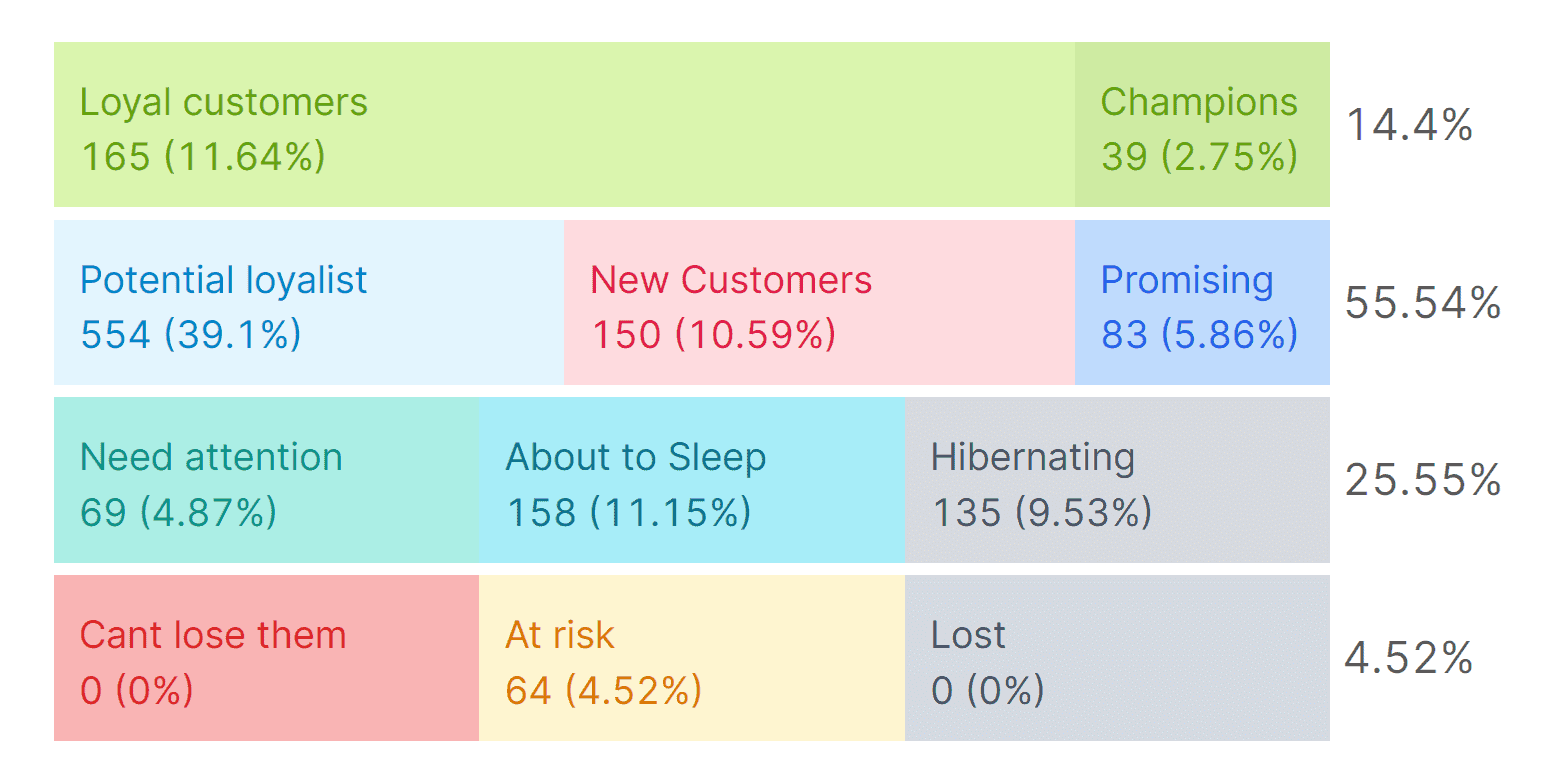
Putler utilizes the RFM (Recency, Frequency, Monetary) model to analyze customer behavior and categorize them into 11 distinct segments – Champions, Loyal Customers, Potential Loyalists, New Customers, and more.
This helps identify high-value customers, dormant customers, and other valuable segments based on their purchasing patterns.
RFM also tells you about the customers who are on the brink of churning. To find these you need to check the segments Need Attention, About to Sleep, Hibernating, and more.
This helps you target them with discount offers and coupon codes. So, that’s a bonus.
Dynamic Segmentation
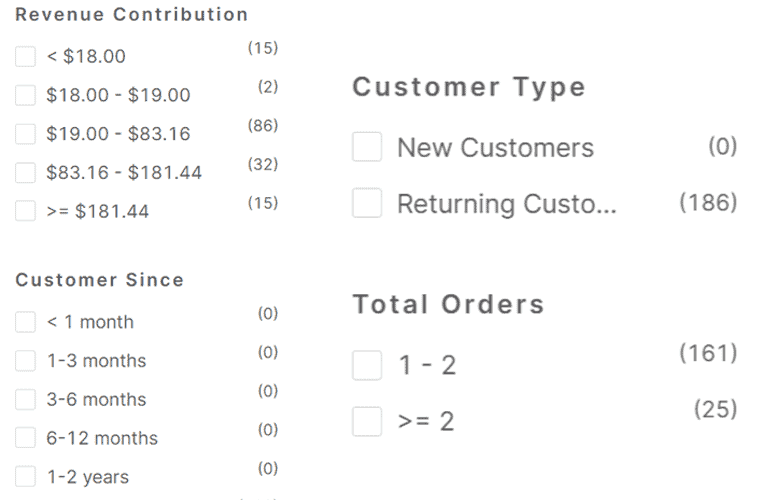
With Putler, you can also create dynamic segments based on various criteria such as –
- Demographics
- Purchase history
- Geographic location
- Products
- Revenue
- Duration (joining date)
- Customer type (new or returning)
- Product attributes
and more.
This allows for precise targeting and personalized marketing strategies. You can read more about this, here.
Real-time Insights
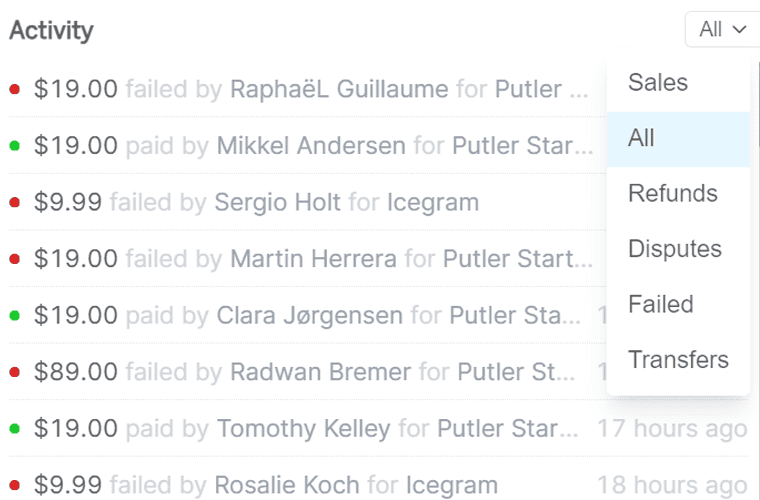
Putler provides real-time insights into customer behavior, allowing you to adapt your segmentation strategies on the go.
Monitor changes in customer preferences, trends, and performance metrics to stay ahead of the curve.
Moreover, there is an Activity section in Putler’s home dashboard which gives you all the updates around Sales, Refunds, Disputes, Failed, Transfers, and an All-in-one view.
Comprehensive Reporting
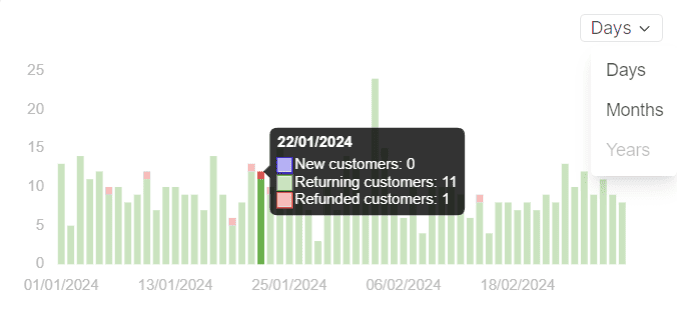
Putler generates comprehensive reports and visualizations that offer actionable insights into customer segments.
This enables data-driven decision-making and helps optimize marketing campaigns for better results.
Also, Putler provides you with Weekly Reports that give you an overview of all the major activities around your business.
This helps you stay updated even when you are away.
With Putler’s user-friendly interface and powerful features, segmenting customers has never been easier or more effective.
Say goodbye to manual data analysis and hello to actionable insights that drive results.
Conclusion
Understanding your customers is paramount to business success.
And, customer segmentation plays a pivotal role in achieving this.
It enables businesses to tailor their strategies to meet diverse customer needs by dividing customers into groups based on behaviors and preferences.
Enter Putler – streamlining the segmentation process and providing actionable insights that drive exponential growth.
Embrace the power of customer segmentation with Putler and propel your business toward unparalleled success.
